Recently I visited Auckland Art Gallery to see the exhibition of Mexican artists featuring works by Kahlo. I adored the experience of viewing the original paintings. Afterward, I had a look around the gallery shop. I was blown away by the rKahlo-related merchandise for sale. There were images copied onto cups, bags, throws, jewellery, tea towels, bibs, socks, and more. I was initially surprised about the extent of the reproduction. I then realised that copyright on Kahlo’s works expired some time ago, and her work is now in the public domain. In principle, re-using her work for either non-commercial or commercial purposes is fair game. However, there is a complex web of other factors affecting re-use. These include trademarks that have been applied to her work meaning that the process is not straightforward. A summary of the issues is here in Laurel Wickersham Salisbury’s 2019 article – it’s fascinating reading.
I mention Frida Kahlo’s work as an example of the sometimes-fraught area of copyright. As information professionals, many of us will have faced challenging copyright issues. The issues continue to increase in complexity, so we need all the guidance we can get. This was the driver for the publication Navigating Copyright for Libraries.
The book is an informative, interesting, and useful reference for anything copyright. You can dip in and out of the 40 chapters on various aspects of copyright – from historical development to current-day issues, strategies, case studies, and opportunities.
With contributions by 20 authors, there is a range of perspectives. There is some repetitive content, but this is not a negative – in fact, the different expression of ideas helps deepen understanding of the tricky issues involved. The book is well-edited, strongly referenced and has a useful introduction with abstracts and conclusions for each chapter. There is a lively account of the background of the development of copyright following the introduction of printing.
Societal discontent about the monopoly privileges that the book trade developed, accompanied by the suppression of ideas by church and state, led to the foundational concepts of copyright that still exist today. This historical context is important for an understanding of the copyright issues that we currently face. The book includes basic and advanced information about copyright, covers issues around digitisation, digital lending, and controlled digital lending. Limitations and exceptions such as the Marrakesh Treaty are covered.
The inconsistent definition of “originality” which has caused conflict over reproductions of digitised public domain material is explored, as is the use of Technological Protection Measures and artificial intelligence. There are helpful chapters on open access, creative commons, copyright education, information literacy, and why these matter, with several good case studies. The COVID-19 pandemic, and concessions from publishers that resulted in libraries being able to temporarily share more resources, are highlighted. Librarians were able to support fairer and more equitable access to knowledge, which surfaces the question of how libraries might be able to retain this stronger position. The editors show recognition that the global system of copyright that we operate under has been developed by the dominant areas of Europe and the US, and questions what the benefits are for others.
There is also an excellent discussion by two indigenous Australian authors about how the public domain has been used as a justification for the appropriation of traditional and indigenous knowledge, and the assumption that this knowledge is freely available for use. The authors stress how important it is to acknowledge traditional knowledge rights when considering the public domain and advocate for specialised exceptions and limitations for copyright to help reconcile the conflict between copyright, the public domain, and traditional knowledge. The book explains why understanding copyright is essential for information professionals. We operate from a position of balancing the different interests – we support the sharing of knowledge for the benefit of our communities, whilst simultaneously recognising and supporting creators. This is a position that few others operate from, and our role as advocates is vital.
The editors’ goal for this book was that it be “an open and accessible primer which would provide librarians with a solid grounding in the origins and fundamentals of copyright law, and insight into the international dimensions of copyright law both in terms of what is currently at risk and what can be achieved with effective advocacy”. The book achieves this goal by providing clear explanations and (fascinating at times) discussion of the issues. Being open access, parts of the book can be reused, remixed, translated, updated, and integrated into other educational resources.
The editors “expect and hope” this will occur. Now that’s an opportunity for us, and hopefully one less fraught than any re-use of the works of Frida Kahlo.
Navigating Copyright for Libraries Volume 181, published by de Gruyter, 2022, is available to download from the IFLA or de Gruyter website and can be ordered in print.
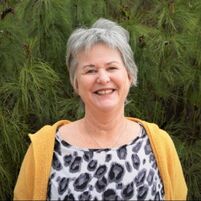
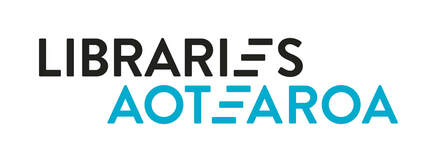

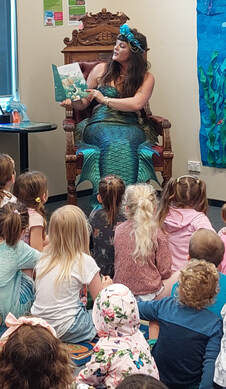
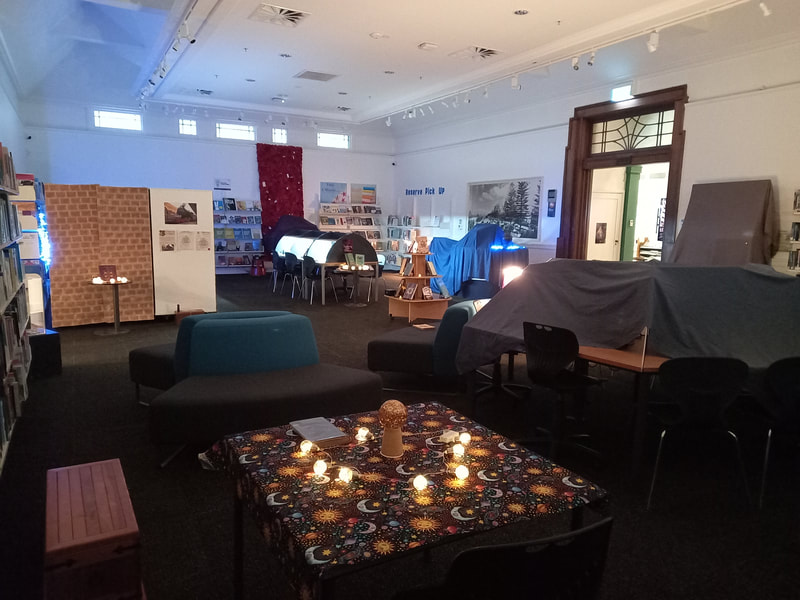
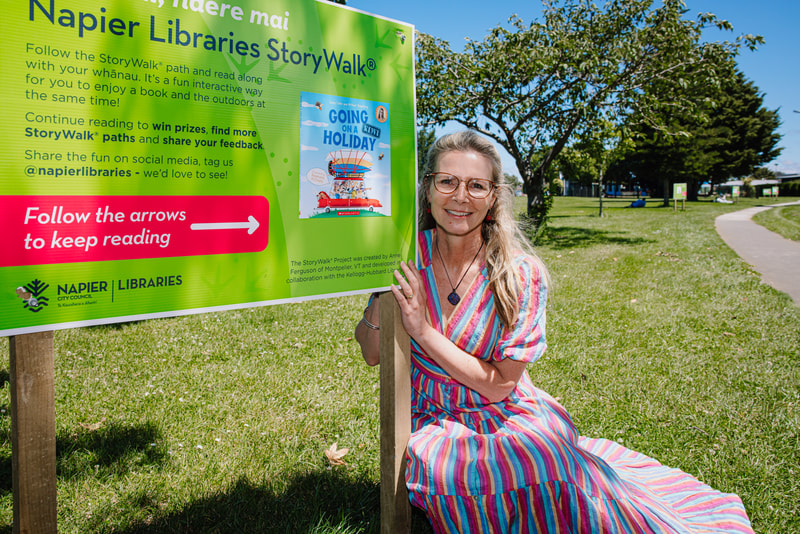
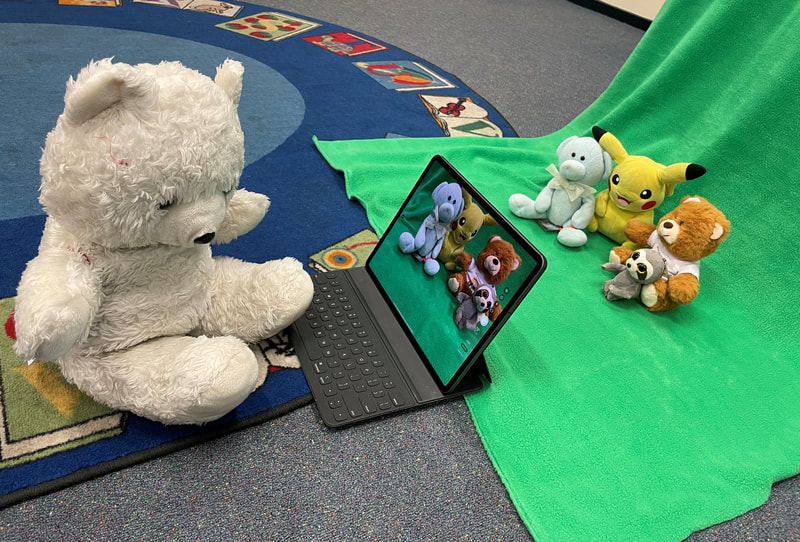
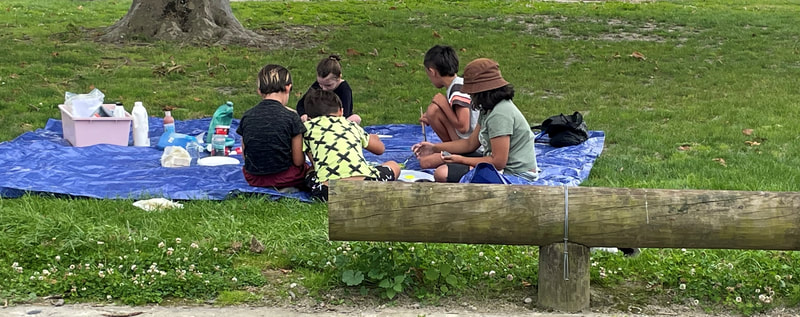

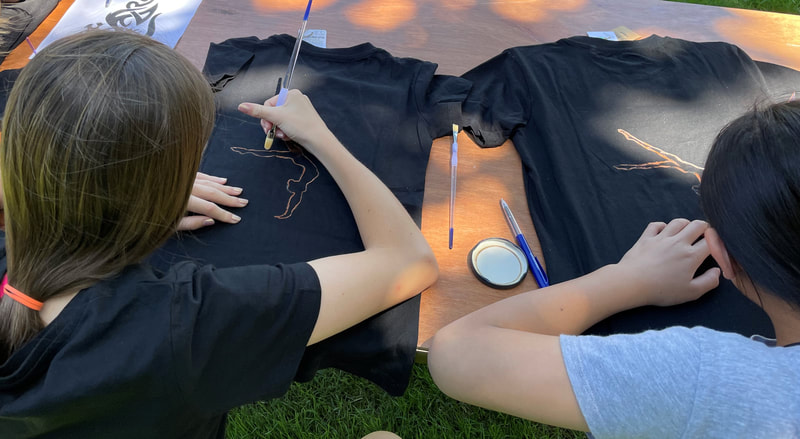





 RSS Feed
RSS Feed